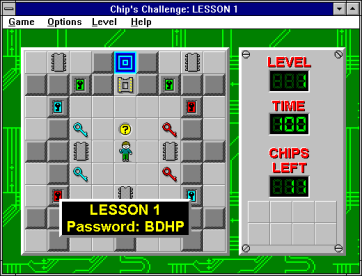 Scientist at University of Rochesterb have developed a new generation of Computer Processors. These processors are based on3-Dimensional Circuits in contrary to 2-Dimensional Circuits of today.
Scientist at University of Rochesterb have developed a new generation of Computer Processors. These processors are based on3-Dimensional Circuits in contrary to 2-Dimensional Circuits of today.This can be said as the next major advance in computer processors technology. The latest 3-D processor is running at 1.4 gigahertz in the labs of University.
PAST ATTEMPTS VS LATEST RESEARCH
In the past attempts of making 3-D chips, scientist were just making a stack of regular processors. But at University of Rochesterb it was designed and built specifically to optimize all key processing functions vertically, through multiple layers of processors, the same way ordinary chips optimize functions horizontally.
This design means that every tasks such as Synchronicity, Power Distribution, and Long-Distance Signaling are all fully functioning in three dimensions for the first time.
EBY FRIEDMAN: THE MAN BEHIND 3-D CHIPS
Eby Friedman and his students has designed this chip, which uses many of the tricks of regular processors, but also accounts for different impedances that might occur from chip to chip, different operating speeds, and different power requirements. According to Eby Friedman, Professor of Electrical and Computer Engineering at Rochester and faculty director of the pro of the processor says:- "I call it a cube now, because it's not just a chip anymore. This is the way computing is going to have to be done in the future. When the chips are flush against each other, they can do things you could never do with a regular 2D chip"

TODAYS INTEGRATED CHIPS AND PROBLEMS
The problem with today's technology of integrated circuits is that, beyond a limit it is impossible to pack more chips next to each other which limits the capabilities of future processors. So number of integrated circuit designers anticipate someday expanding into the third dimension, stacking transistors on top of each other.
IMPORTANCE
Vertical Expansion of chips has lots of technical difficulties and the only solution to this is todesign a 3-D chip where all the layers interact like a single system. According to Friedman: Getting all three levels of the 3-D chip to act in harmony is like trying to devise a traffic control system for the entire United States-and then layering two more United States above the first and somehow getting every bit of traffic from any point on any level to its destination on any other level-while simultaneously coordinating the traffic of millions of other drivers.
Now if we replace the two United States layers to something more complicated like China and India where the driving laws and roads are quite different, and the complexity and challenge of designing a single control system to work in any chip begins to become apparent.
The 3-D Chip is essentially an entire circuit board folded up into a tiny package. With this technology the chips inside something like an iPod could be compacted to a tenth their current size with ten times the speed.
No comments:
Post a Comment